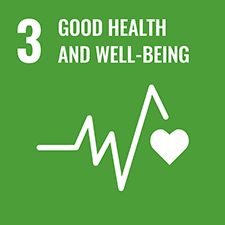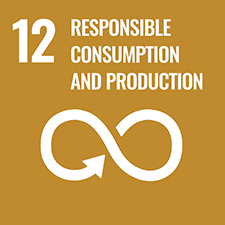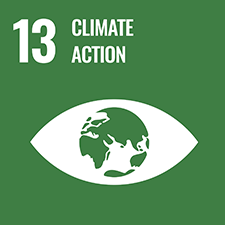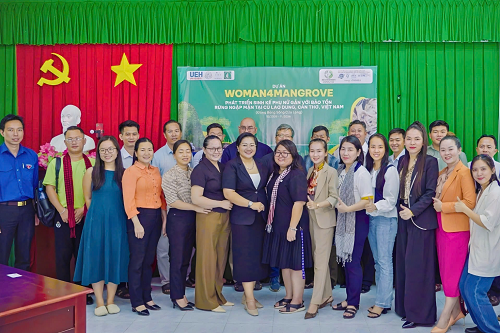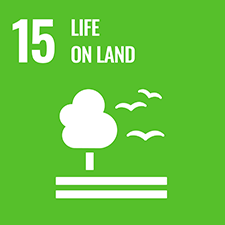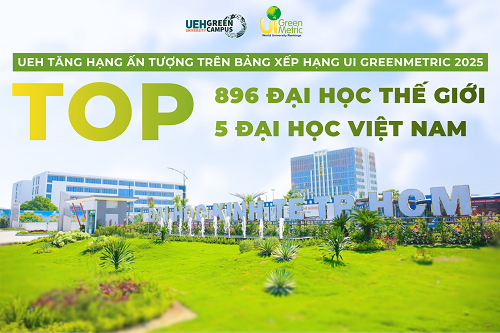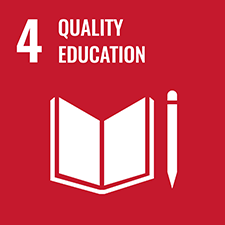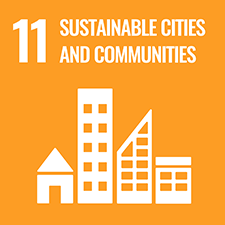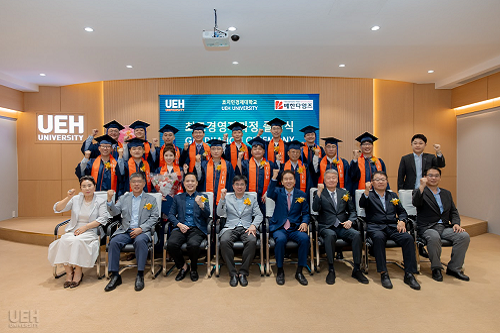
UEH Zero Waste Campus: “THE STOTY OF PLASTIC” DOCUMENTARY
06 Sep, 2021
‘The Story of Plastic’ documentary, premiered at California Film Festival, USA and winning Emmy Award, was developed by Story of Stuff Project organization, with lots of support from non-governmental organizations, circular economy and environmental experts. On October 24th, 2021, with Break From Free Plastic film crew and sponsor’s permission, UEH coordinated with Vietnam Zero Waste Alliance to hold The Story of Plastic Documentary Premiere, within UEH Zero Waste Campus (UEHZW) Project - the first phase with "Rethink & Be Green" message. The film following the life cycle of plastis was shot in the United States, the Philippines, Indonesia, China, India and so on. The film content was recorded by UEHZW Project team in order to spread more awareness and resolutions to the global plastic crisis to UEHer Community.
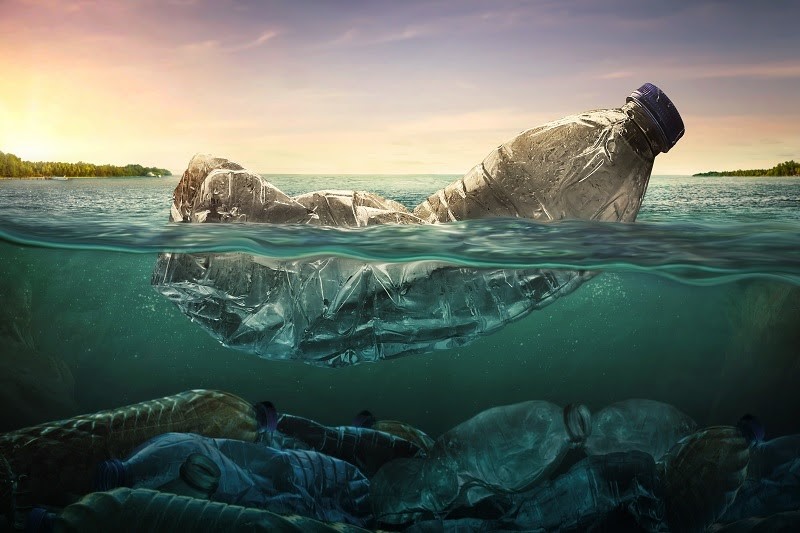
Exposing globally the present painful reality of plastic waste along with related issues behind plastic pollution as well as plastic recycling mistakes, ‘The Story of Plastic’, unlike other documentaries, presents chronological data leading to current plastic pollution crisis, fossil fuel exploitation and plastic processing activities. The film refers to typical cases in the US states (California, Houston, Texas and so on) in addition to India, the Philippines. ‘The Story of Plastic’ documentary helps change the concept of environmental issue pressures that we are facing.
Documentary trailer can be viewed here
Plastic Material or Plastic Waste?
Waste and environmental-polluting plastic receive more attention. How plastic began going through exploitation, transportation, production, distribution, consumption and destruction stages is often ignored.
A dairy farm in Ghazipur District, Block D, India, located right next to a landfill, is receiving waste from nearly half of the population at Delhi. In accordance to a study, people living and working here have a 15-to-20-year shorter than the average life expectancy because of the landfill influence.
More than half of all existent plastic was produced within the last 15 years. Plastic waste is supposed to be recyclable; in fact, most plastic is hard to be recyclable. Of all the waste generated, 32% of the plastic waste pollutes water and soil environment; 40% is buried; 14% is transported to factories for incineration; the remaining 14% is recycled but only 2% is effectively transitioned to products with other purposes.
Plastic, currently, is classified into 83 types. Although plastic is harmful to the environment, plastic, undeniably, can be used for high-tech products. Plastic makes producing, fabricating and packaging finished products possible and more convenient. Advanced products and life-saving medical equipment (prosthetics, medical instruments, helmets and so on), all of which have the presence of plastic materials.
Plastic Material or Plastic Waste question is being raised and requires a number of trade-offs.
How do we escape from the fossil fuel economy? - This dilemma that many countries are facing and figuring out for an adequate answer.
Plastic not only causes ocean and ground pollution but also pollutes mining and production sources. Specifically, at US plastic mining and production locations (e.g. Karnes County, Texas), local people have obligatorily changed their lives a lot, a large number of residents have to depend on medicines to survive due to terrible headaches, impacted by exploitation and production places.
In the last 10 years from 2010 to 2020, America lifted its ban on crude oil exports, starting a worldwide oil, gas and plastic material-selling race. The US has built an entirely new petrochemical corridor in upper Ohio River Valley to transport natural gas liquids to an industrial complex. Houston, Texas is home to the largest national petrochemical complex, people can imagine characteristics of plastic here through senses: seeing plastic blocks, smelling and touching feelings. Among more than 86,000 recognized chemicals, only 187 are regulated by Environmental Protection Agency (EPA).
Oil refineries and plastic manufacture massively affect regional lives: growing up in plastic and air pollution results in the fact that children are suffering from cancer, leukemia, lung, and other diseases. More and more factories are established, that is to say, plenty of plastic is being initiated. A question arises: “How do we escape from the fossil fuel economy?”. This is a dilemma that countries are facing and finding an adequate answer.
Oceanographic Research Vessel Captain, Mr. Alguita, shared: “I can only use “Great Pacific Garbage Patch” word, not a single moment on the deck that I do not see a piece of plastic passing by every five minutes". Five Southeast Asian countries are dumping the most trash into the world's oceans. It is predicted that, by 2050, there will be more plastic than fishes in the oceans.
Micro & nano plastic found in food, air and water are increasingly available around the world. Recent reports have discovered plastic particles in 83% of tap water samples and 93% of plastic water bottles worldwide.
Zero Waste Practice – Plastic crisis repellent solution
Manila, the Philippines has found effective-proven solutions with pilot communities towards Zero Waste. The only one solution to waste management, Zero Waste Practice, is truly a portion of the solution for ensuring economic and environmental factors. In San Fernando, 78% waste conversion rate is reported, nevertheless, up to 22% remains impossibly manageable. Zero Waste program will help us identify which products are beyond the community's control.
Garbage containment is thought to be thorough after recycling implementation; nonetheless, recycling is insufficient: the point is we need to reduce and reuse it as well to solv plastic waste problem (3R application: Reduce – Reuse – Recycle Model). To fundamentally resolve them, first and foremost, a policy, as the only way to conduct an eliminating-single-use-plastic large-scale transition, is needed. Since then, Plastic Bag Law in California has been passed, European Parliament approved Single-use Plastic Ban to minimize single-use plastic. Besides, plastic bottle collection programs are successfully accomplished.
Does the plastic crisis start once plastic enters the ocean: it initiates when oil and gas leave wellheads and continues to matter at every processing step. If plastic issue is to be completely eliminated or the crisis is to be faced, we must fight to terminate indirect/direct fossil fuel support; concurrently, big diversified companies will necessarily adjust to suit market demands. Only then will this crisis be terminated.
“The Story of Plastic” full movie is here.
Further knowledge and information related to UEH Zero Waste Campus Project is at “I am a green UEHer citizen” Handbook and Project Website: https://zerowaste-campus.ueh.edu.vn/
Editorial: UEHZW Project Team, Zero Waste Alliance


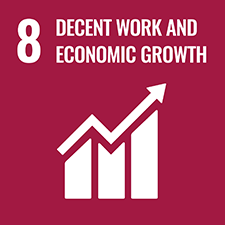
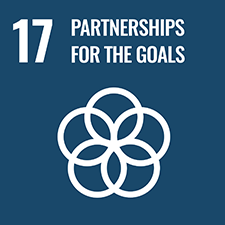
![[Research Contribution] Factors Affecting Gen Z's Intention To Buy Green Cosmetics Through The Intermediate Variable Of Consumers' Attitude](/images/upload/thumbnail/ueh-thumbnail-639018655243295179.png)
